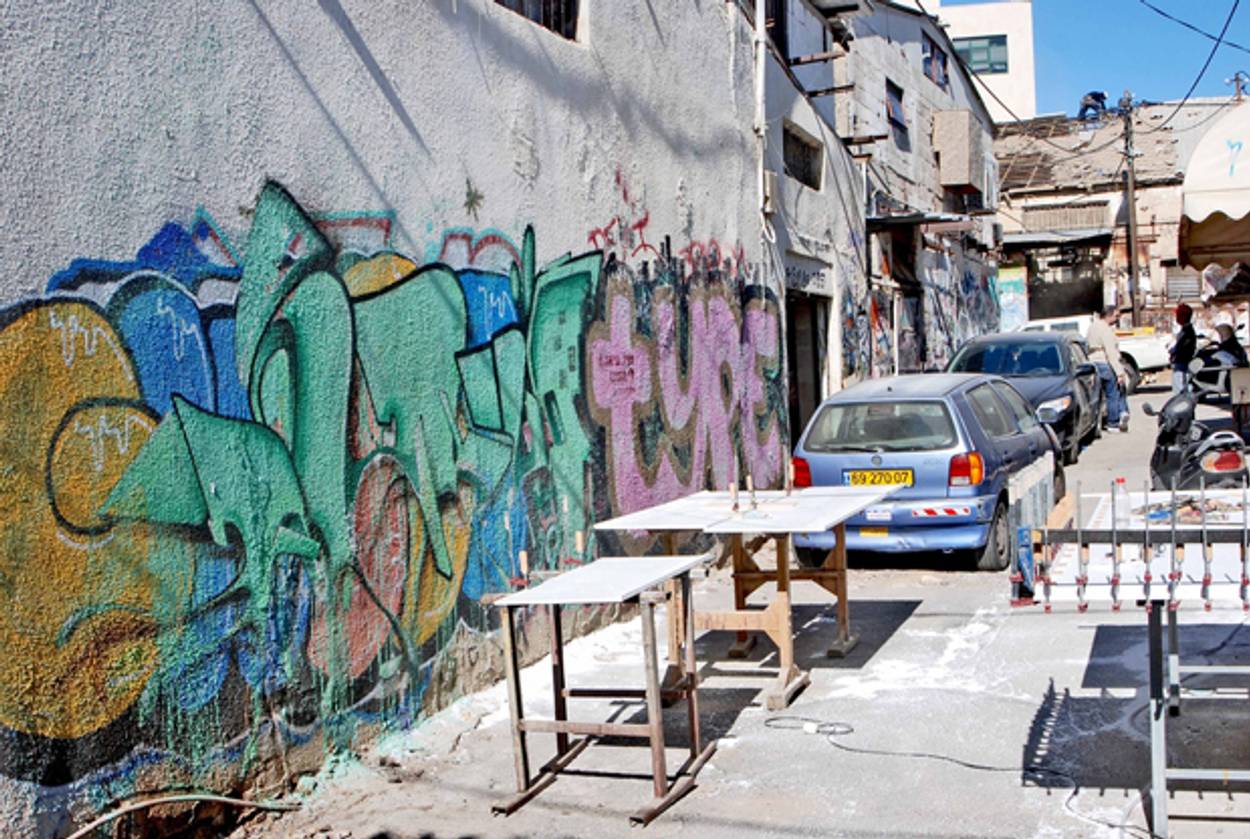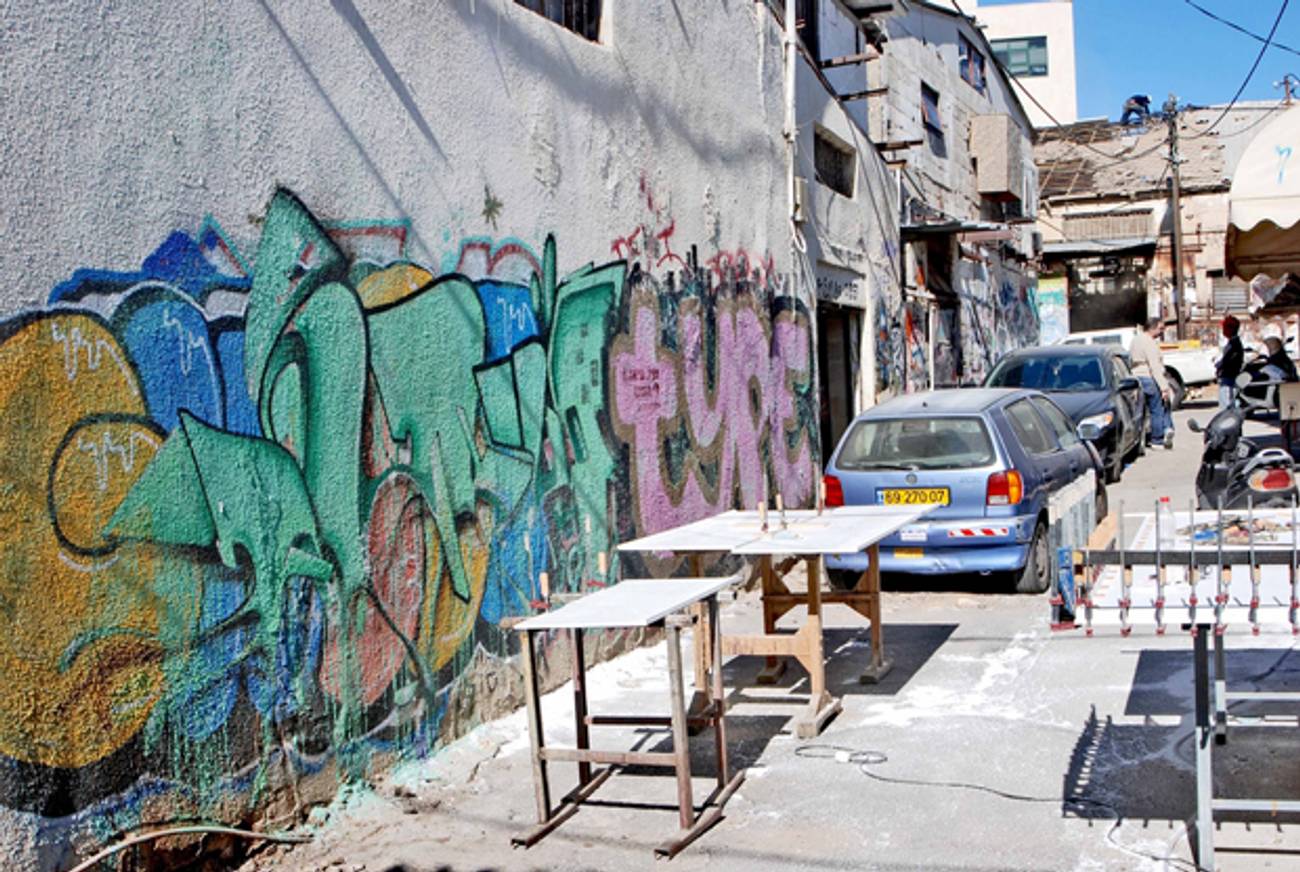Anatomy of a Tel Aviv Neighborhood
How Florentin became bohemian, artsy, and affordable—and not at all hipster




When Thrillist published a list of the Top 10 Hipster Neighborhoods on Earth last month, a surprising entry took second place. While it was inevitable that Williamsburg would be crowned the international hipster mecca, the website ranked Tel Aviv’s Florentin neighborhood just below it; before London’s Shoreditch, even before Berlin’s Kreuzberg. This would have been a somewhat entertaining honor—not that we’re so crazy about hipsters, but it’s nice to hear Israel mentioned in international media right now in a non-conflict context—if it were at all true.
Florentin, a neighborhood in the south of Tel Aviv, was established in the late 1920s by Shlomo Florentin, a contractor from Thessaloniki, Greece, and named after him. Many of its original residents moved away in the late 1960s and the area became more commerce and trade-oriented. Then, in the 1990s, the Tel Aviv municipality sponsored a gentrification campaign, which revived the neighborhood and mate it a trendy nightlife spot.
Since the rent in Florentin was much cheaper than in other, more central, parts of Tel Aviv, many young people moved to the neighborhood, turning it to a hip area full of coffeehouses, bars, and art galleries, adding to the colorful atmosphere that the local markets already supplied. Florentin was in fact so popular in the 1990s that in 1997 a TV series called Florentin premiered on Israel TV, depicting a group of twenty-somethings living in the neighborhood.
But that was a long time ago. And even back then, at the peak of Florentin’s bohemian popularity, its aesthetic was never of the hipster variety—the pre-hipsters of the 1990s flocked to the Shenkin area, not to Florentin. Florentin was always more associated with dreadlocks, wrap-around yoga pants, and the smell of marijuana more than ironic vintage T-shirts and indie music.
“Tel Aviv ‘hipsters’ have rich parents and therefore don’t need to live in areas with low rent, like Florentin,” Nissan Shor, documentarist and column writer for Time Out Tel Aviv, told me. “Tel Aviv hipsters live with their parents in rich neighborhoods or in apartments that they’ve inherited from their grandparents in Tel Aviv’s yuppy center. They are scattered in high-class neighborhoods. Florentin is a dilapidated, industrial low-class neighborhood, it’s more like a rastafarian, hippie commune and therefore it’s very anti-hipster.
Tel Aviv’s hipsters, Shor explained, “aren’t looking for the next frontier in terms of real-estate, as hipsters in other places of the world might be.”
Still, even if the large number of street artists and musicians residing in the neighborhood and the graffiti-sprayed walls qualify as bohemian (which decidedly isn’t the same as hipster), the rents in Florentin have been rising in recent years, and high-rise buildings are being constructed, threatening to change the neighborhood’s character entirely.
Related: The Great Baby Divide
Dana Kessler has written for Maariv, Haaretz, Yediot Aharonot, and other Israeli publications. She is based in Tel Aviv.